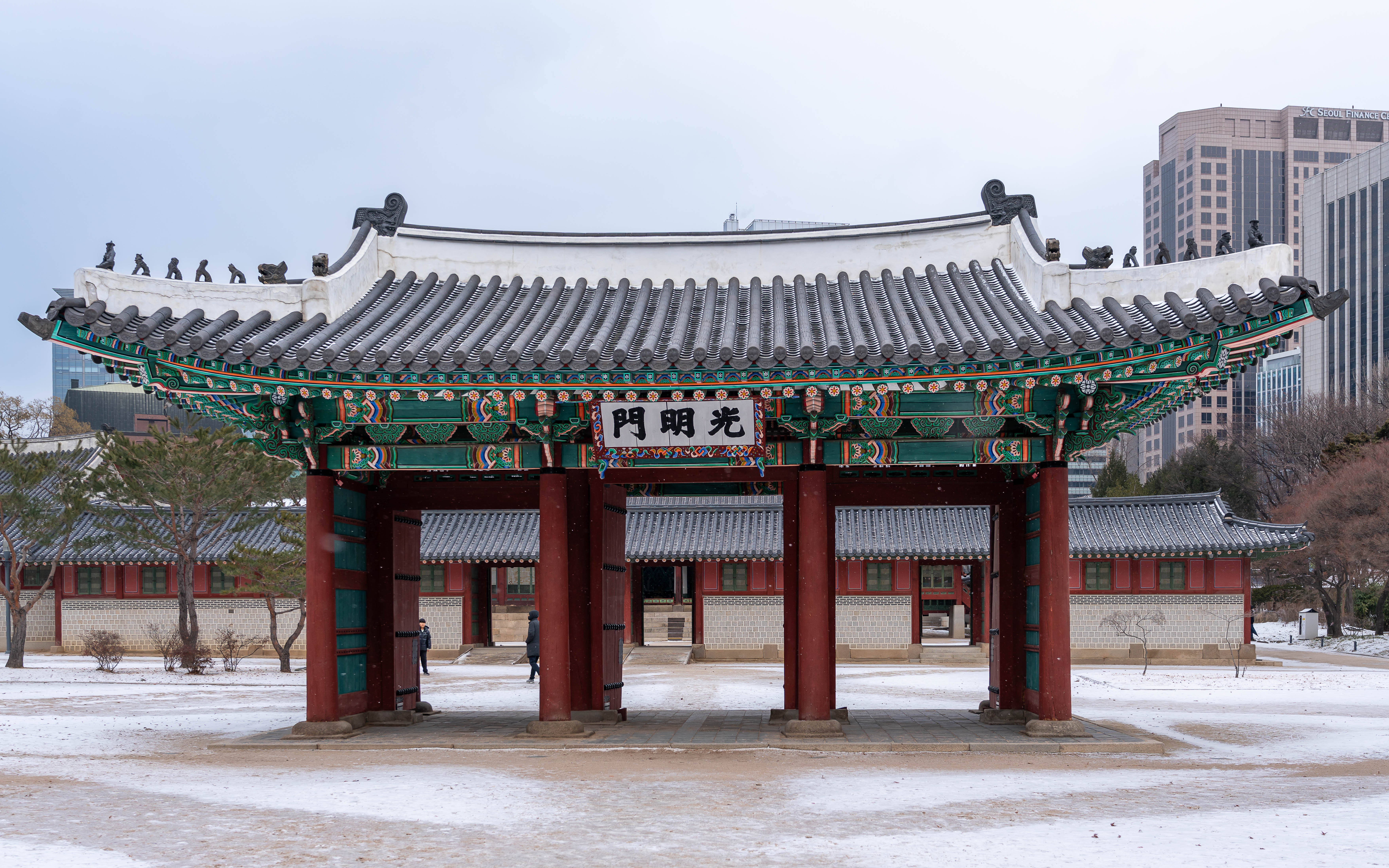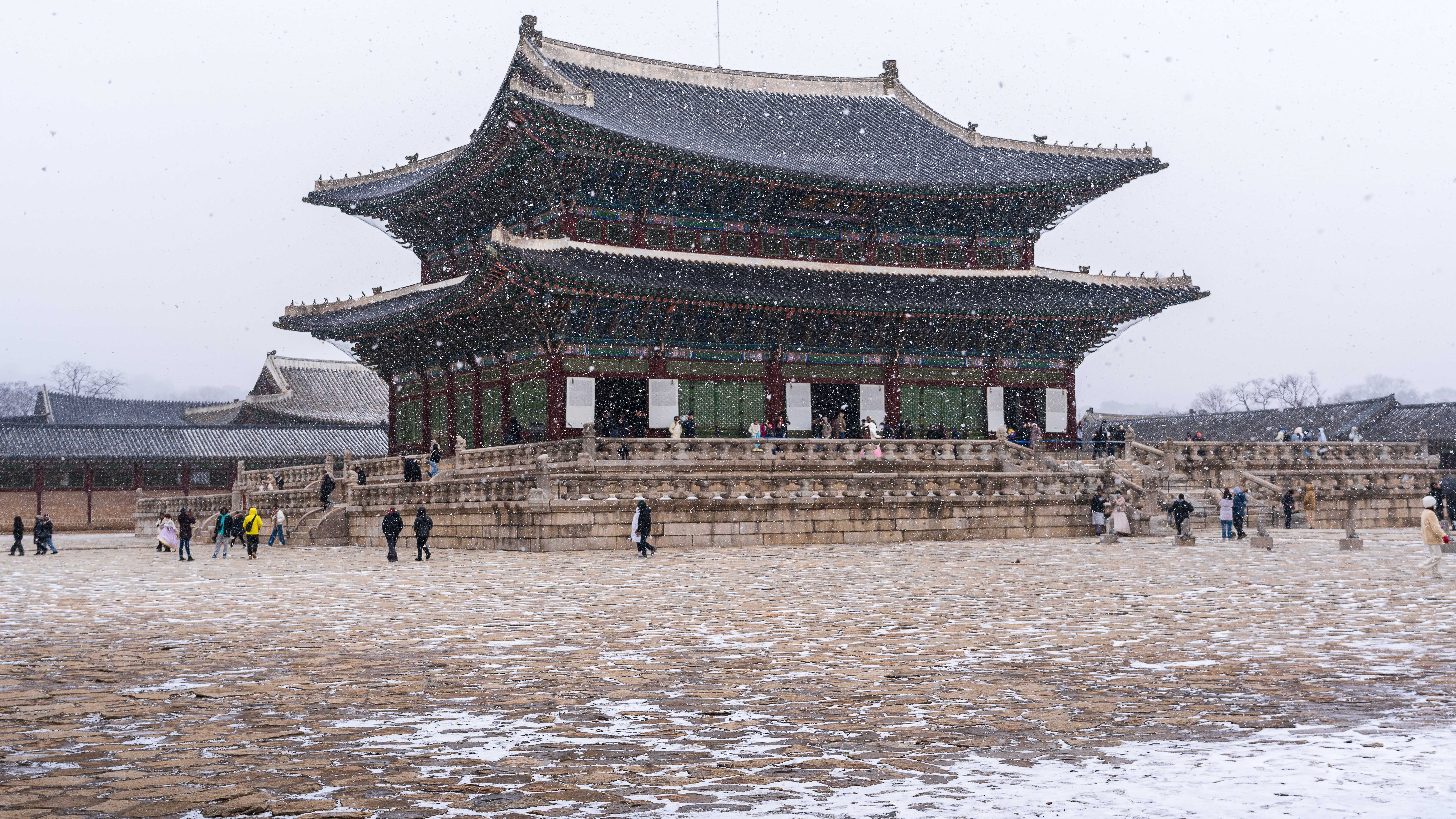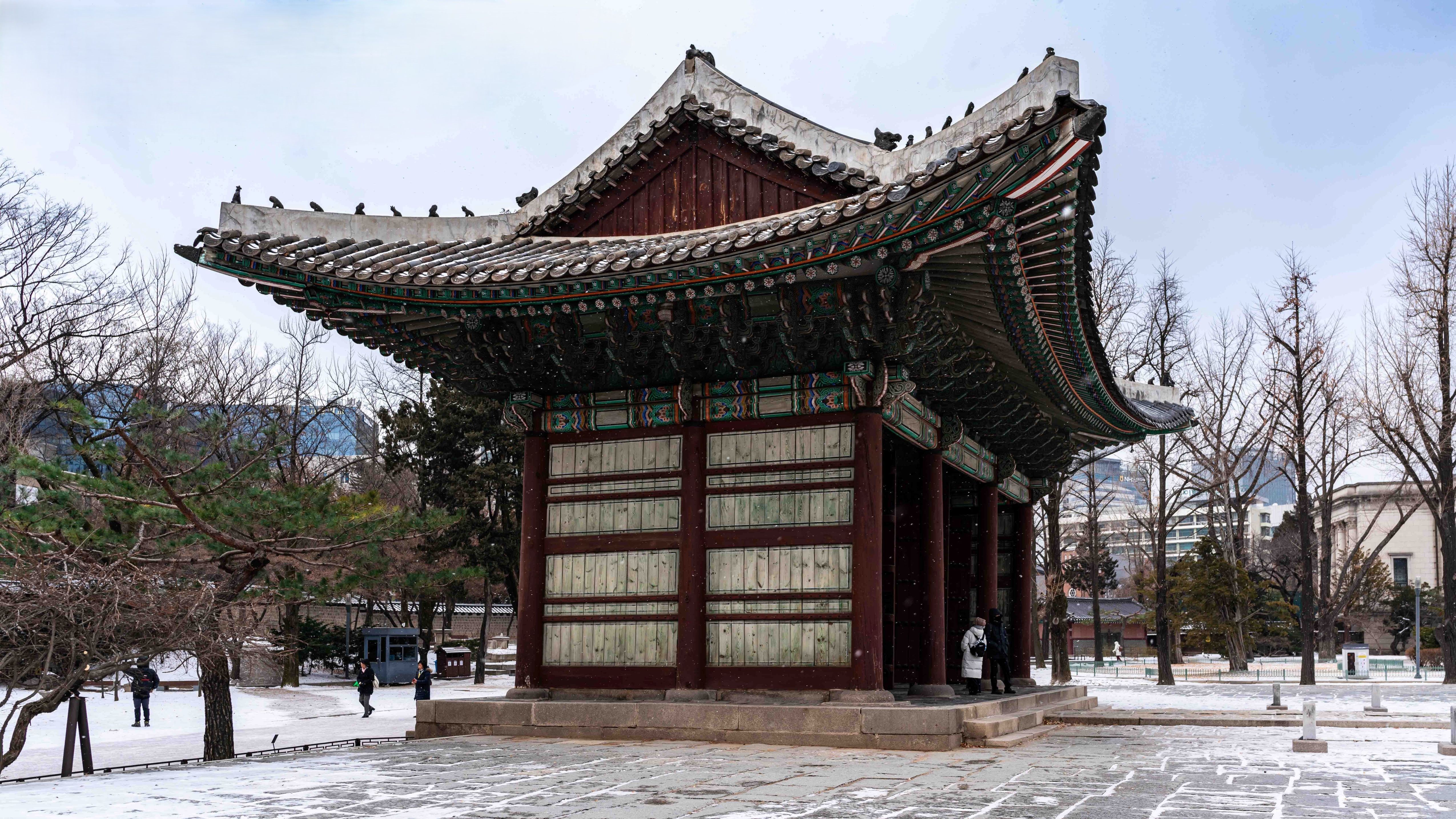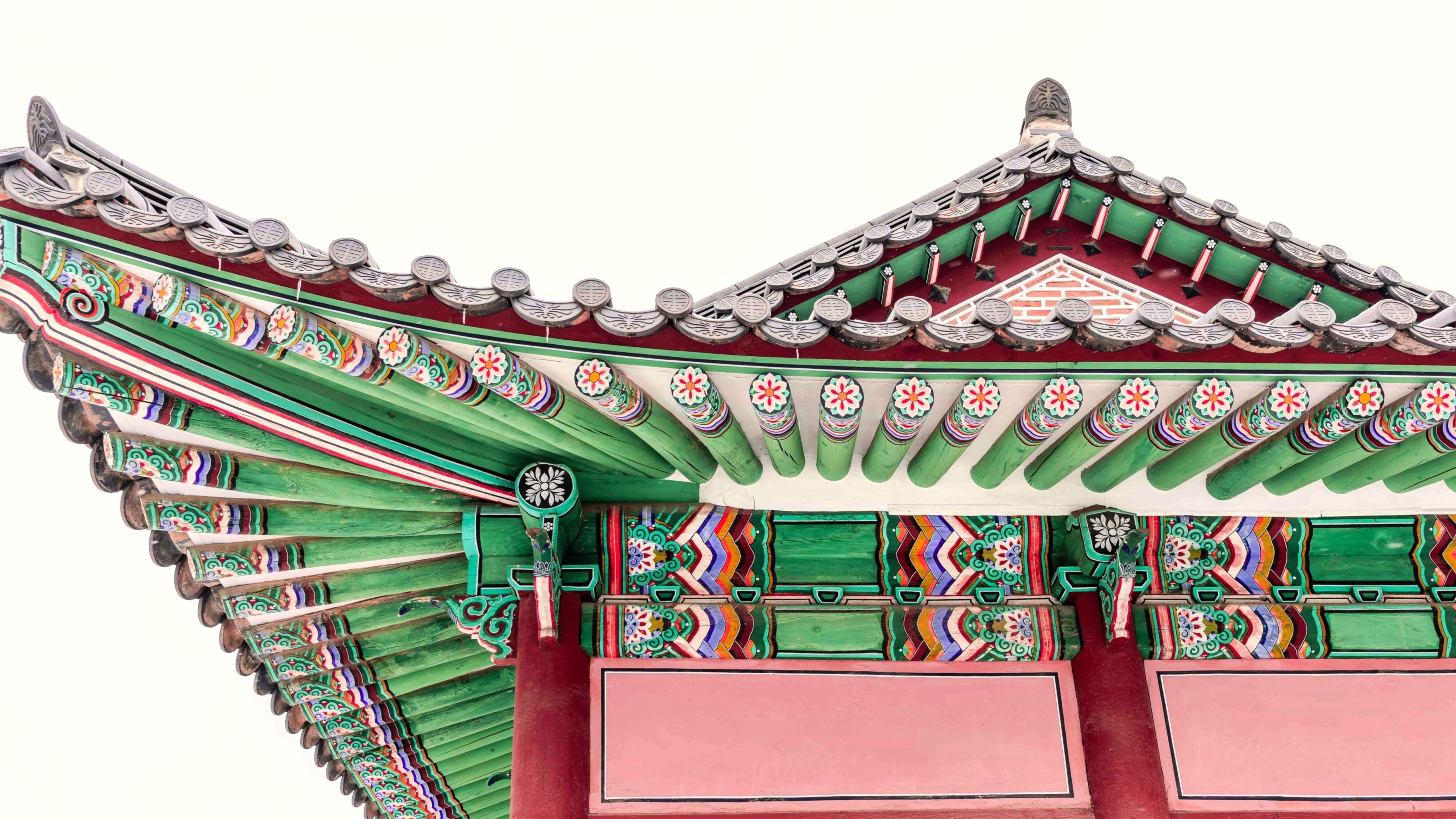A Chromatic Crown: Depicting the Glowing Shades of Seoul's Palaces in a Winter Wonderland
2025-10-29Winter Seoul is a masterclass in monochrome and colour. The sky often carries a cloak of pearlescent grey, the bare branches extend black lines against it, and if there is snow, there is a muffled, pristine white over the city's frenzied energy. It is precisely in this serene environment that Seoul's Royal Palaces—Gyeongbokgung, Changdeokgung, and their sisters—are subjected to a profound transformation. They are not only historic sites, but living works of art on which colour cries out with a ferocity and intensity unimaginable in any other season. To shoot the palaces in winter is to embark on a rare, authentic dialogue with the past, a test that rewards the determined photographer with pictures of exquisite beauty and dense atmosphere.
The Winter Crucible: Forging Unique Images in the Cold
Why would any photographer go along in miserable Korean winter, with temperatures below freezing and fingers going numb on camera handles, when spring offers cherry blossoms and autumn a blazing canopy? The answer is in the nature of the artistic pursuit: the search for something unique, a pure sensation more than the postcard-perfect. Winter photography is not for the faint of heart; it's an alchemist that develops a sharper connection between artist and subject.
The viewer, the spectator, must be strong enough to endure direct and physical trials. The low, sloping light of a winter sun that rises early and lingers late creates long, theatrical shadows that dissect texture in wooden timbers and stonework foundations unseen in the retina-searing summer sun. This gold light, when it arrives, is thicker, honey-coloured, dripping over the bright Dancheong (that multicolored veneer paint on wooden buildings) with a golden, almost-inner light. The air is thick with deep quiet. The throngs of tourists have thinned out, and the only noises are the crunch of frost on asphalt and the distant, wailing despair of crows. This silence allows the palaces room to breathe, to be still not museum dioramas but the spiritual centres they originally were.
Cold is employed as a tool. It forces a slow, contemplative pace. Each shot must be considered because messing with gloves might result in a missed photo. The breath mists in the air, trapped occasionally in a beam of sunlight, adding a material, otherworldly quality to the scene. Frost clings to the subtle curves of roof tiles, and after snowfall, a pure white sheet contrasts dramatically with the buildings' bright colours, condensing compositions and isolating the viewer's eye with graphic force. The photographs that follow are not merely records of location, but records of experience—a moment of subdued determination rewarded with a glimpse of frozen serenity.

Gyeongbokgung: The Palace of Glowing Happiness in Icy Splendour
A visit to Gyeongbokgung Palace on a bitter winter morning is to step into a painting in which all the colours have been deepened by the cold. You pass through the formidable Heungnyemun Gate and before you stretch the wide, snow-covered courtyard. Far away in the distance, the throne hall, Geunjeongjeon, appears. Its name, translated as "diligence assists governance," when bathed in winter sunlight, is a symphony of hue and power. The design is a masterpiece of Confucian hierarchy and cosmic metaphor, and winter strips away the distraction, leaving you face to face with its colourful essence.
The most dramatic element is the roof. A sweep of dignified, grey-blue glazed tiles, dusted with snow, ascends to meet the dynamic Dancheong on the eaves and brackets. This decorative paint is far more than something pretty; it is an exquisite symbolism of evil-keeping out and proclamations of the king's glory. During the winter months, the colours—ultramarine blues dark, reds of cinnabar, greens fresh, yellows golden—are seen to vibrate against the colourless background. They appear richer, more vivid, as if their pigment has been concentrated by the cold. The slender wooden brackets, or gongpo, supporting the vast roof are rendered as a rainbow of colour, each beam and strut laboriously painted to create a rhythmic, harmonious whole against the bleak, white sky.
Outside the hall of thrones, the pavilions and ancillary buildings continue this colourer theme. Gyeonghoeru Pavilion, standing serenely over a frozen pond of lotus, sends its image of lovely form and multi-coloured details to dance on the white ice. The rear gardens, normally a green haven, become a austere landscape in which the warm ochre of uncovered ground and black green of tough pines are a perfect setting for vermilion columns of a secret library or the glorious green and gold of a palace residence. The cold air is so clear that it acts as a polarizing filter in the natural world, darkening the greens and blues and emphasizing the reds with an incandescent vigour. Walking through the complex, crunching snow underfoot is the only noise following the visual feast, imparting a spacious and individually intimate dimension to the experience.

Through the Wide-Angle Lens: Framing History for the world to see
The photographer's job here is to capture not just the architectural details, but the numbing mood—the sheer scale of history against the harshness of the season. The wide-angle lens is a required tool, not to just squeeze a large building into frame, but to tell a tale of context and contrast. It allows for the enormous, white-courtyarded forecourt of the foreground to be included and guide the eye towards the colourful splendour of the main hall, both centering on the human scale as well as the imperial ambitions.
An unforgettable photo might be a low-angle shot of the court yard building in the centre. The building surrounded by bear tree branches and dry ice grounds. By keeping the camera low, the building can utilize the stony patterned platform and pristine snow as a leading line, with the wooden structure looming enormously above stands out . The wide-angle lens captures the entire sweep of the multi-levelled roof, its cheerful Dancheong complementing the colours of the brackets below, under an expansive, vacant winter sky. The contrast is all, the soft, man-made hues against the cold, natural surroundings; the rich, detailed colour-work against the unadorned, simple lines of the stone and snow.

Another powerful composition is in holding the rhythmic repetition of the pavilions and palace columns. A look down a roofed, length less corridor, with its duplicated rows of red pillars and green beams reaching out into space across the foggy white skies, suggests an impression of boundless space and unending order. Winter light filtering faintly in through the opened sides of the corridor casts long shadows, adding depth and pensive, regretful beauty. Close-ups of the Dancheong, with frost crystals tracing out the painted phoenixes and lotus flowers, are intimate portraits of strength, little rubies of colour that refuse to give up in the face of the elements.

These photographs are greater than souvenirs; they are conveyances of remembrance and thanksgiving. They are designed to be shared with the world, to tell the story of a culture that found profound beauty not only in form, but in symbolic colour. They capture a moment in which time itself seems to have stopped—where the echo of a royal procession is heard within reach in the motionless air, and the lively energy of the Joseon dynasty is finally within reach. To share these images is a act of preservation and remembrance. It is an open invitation to others to make the best of time spent in the footsteps of kings, to understand that a visit to these ancient monuments is not a passive act but a creative and intimate one. In the midst of a winter in Seoul, the palaces leave a gift: the chance to see the past not in vague, sepia tones, but in the most luxurious, permanent colours possible, a colour crown blazing in a white world.
How about this article?
- Like0
- Support0
- Amazing0
- Sad0
- Curious0
- Insightful0


